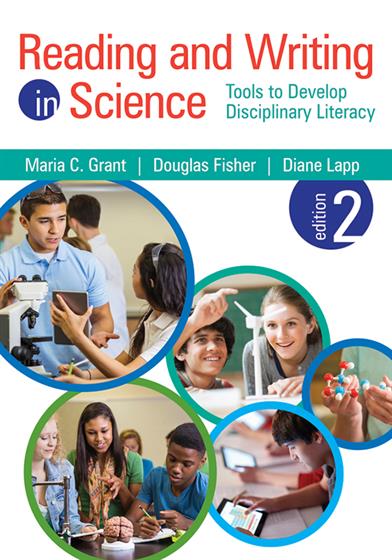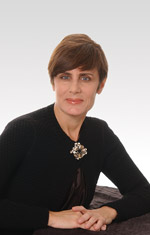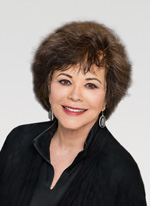
Hands-on, Practical Guidance for Educators
From math,
literacy, equity, multilingual learners, and SEL, to assessment, school counseling,
and education leadership, our books are research-based and authored by experts
on topics most relevant to what educators are facing today.
Reading and Writing in Science
Tools to Develop Disciplinary Literacy
Second Edition
With this bestselling guide, updated for the Common Core and NGSS, you’ll help students develop science vocabulary, comprehend scientific texts, and express science concepts in writing.
Product Details
- Grade Level: PreK-12
- ISBN: 9781483345680
- Published By: Corwin
- Year: 2015
- Page Count: 192
- Publication date: January 28, 2015
Price: $32.95
For Instructors
When you select 'request review copy', you will be redirected to Sage Publishing (our parent site) to process your request.




